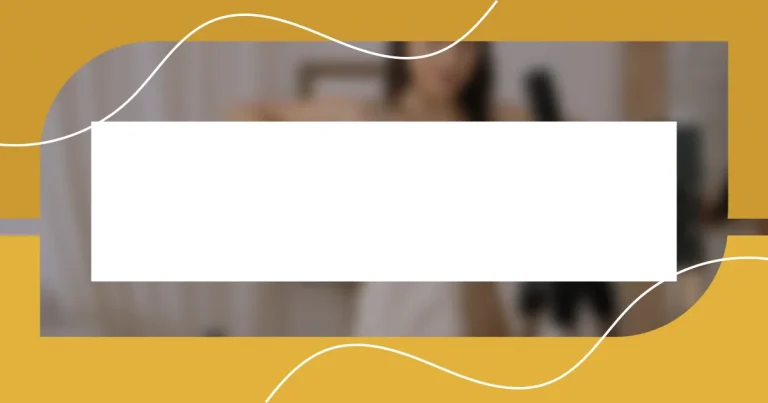Key takeaways:
- Proper lighting and background selection are crucial for effectively showcasing the intricate details and brilliance of jewelry.
- Using the right equipment, such as a DSLR camera and macro lens, significantly improves image quality and captures fine details.
- Thoughtful composition and context, including negative space and human elements, enhance the storytelling aspect of jewelry photography.
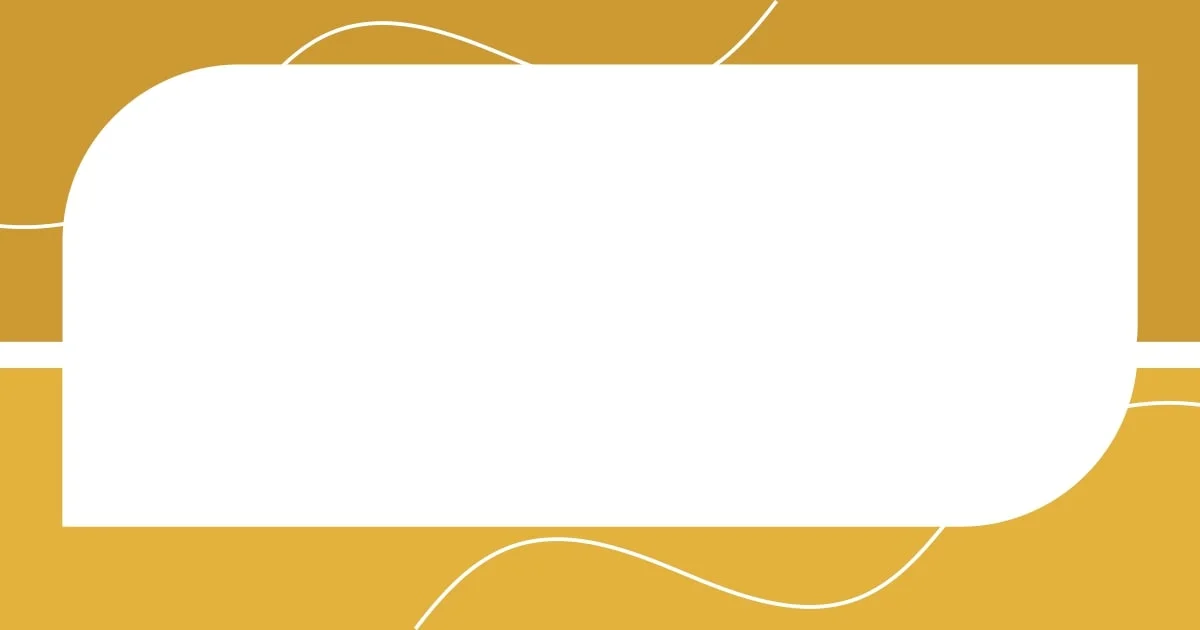
Understanding Jewelry Photography
Jewelry photography is a delicate art that combines technical skill with a keen eye for detail. I remember my first experience shooting a sparkling ring; I was both excited and nervous. The play of light against the stone captivated me, yet I quickly realized how crucial proper lighting and composition were to truly showcase its brilliance.
The ability to capture the intricate features of jewelry—like the way a diamond catches the light or the texture of a gold band—is essential. Have you ever noticed how some photographs make jewelry look lackluster? It’s often the result of poor focus or harsh shadows. From my perspective, using a soft light source can elevate a simple piece into something extraordinary, making every nuance come alive.
I’ve found that backgrounds play a significant role, too. A busy backdrop can distract from the jewelry itself, while a clean, contrasting surface enhances its elegance. When I experimented with different setups, I was amazed at how a simple change could completely transform the final image. How might you approach background selection to highlight your own pieces?
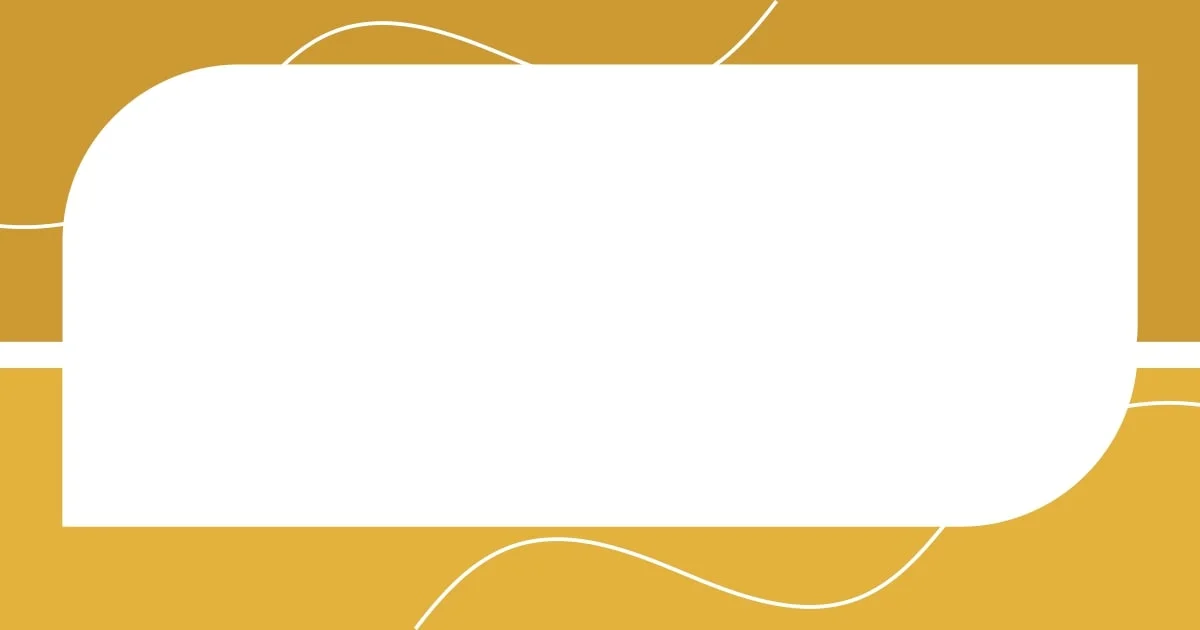
Choosing the Right Equipment
Choosing the right equipment is crucial for stunning jewelry photography. I remember investing in my first DSLR camera; the quality of the images was a game-changer. A camera with a good sensor can capture intricate details that a smartphone might miss, allowing for textures and cuts to shine through beautifully.
When it comes to lenses, I have found that a macro lens can make all the difference. This lens allows you to get up close and personal with your jewelry, revealing details that might otherwise go unnoticed. I once shot a delicate pendant using a macro lens, and that intimate perspective truly highlighted the craftsmanship involved.
Lighting can also make or break your images. I usually prefer a good set of continuous LED lights for their consistency and warm glow. They mimic natural light and reduce shadows, something I learned the hard way after receiving feedback on an initial batch of photos that were too harsh and uninviting. Below is a quick comparison of different photography equipment options you might consider.
| Equipment Type | Benefits |
|---|---|
| DSLR Camera | High image quality, interchangeable lenses |
| Macro Lens | Great for capturing fine details |
| Continuous LED Lights | Consistent lighting for easy setup |
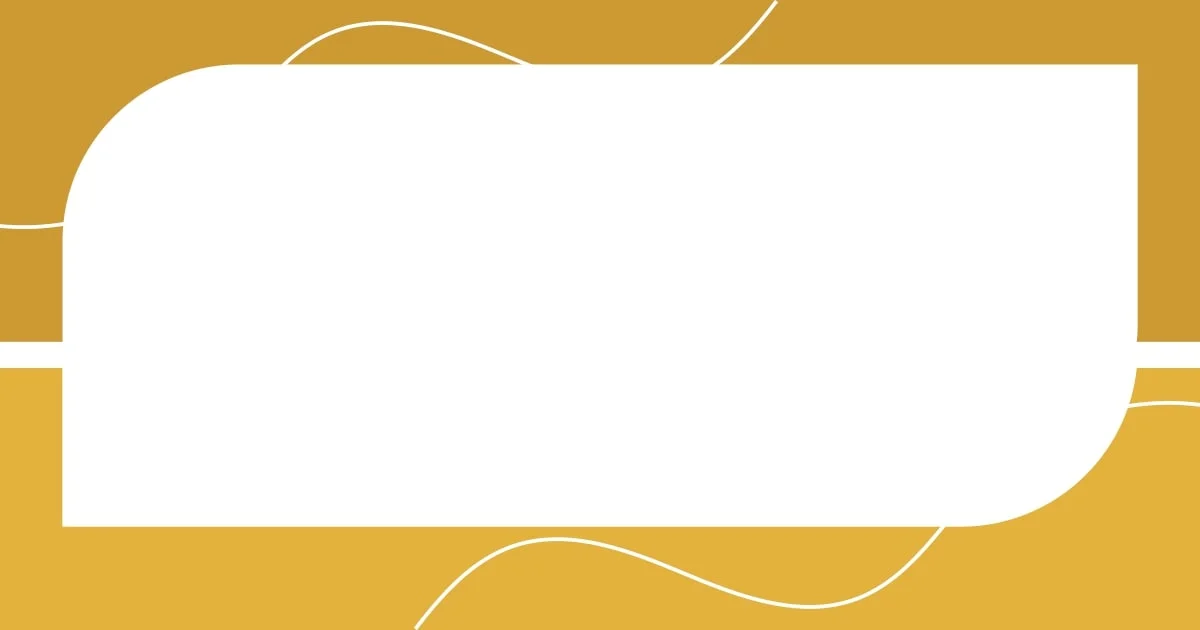
Setting Up Your Workspace
Setting up your workspace is a vital step that can significantly impact your jewelry photography. I recall my early days when I hastily assembled my setup—only to be frustrated by reflections and unwanted shadows. Now, I understand how careful arrangement creates a controlled environment that brings out the beauty of each piece. A dedicated area, free from distractions, allows me to focus solely on the jewelry and capture its essence.
Here are some essential tips for setting up your workspace:
-
Choose a Clean Surface: A simple table or desk will work wonders. I often use a white tablecloth or a piece of acrylic to reflect light beautifully.
-
Optimize Lighting: Position your lights to reduce shadows and enhance sparkle. I place my LED lights at an angle to create depth without overpowering the piece.
-
Eliminate Distractions: Ensure your background is neutral and uncluttered. I’ve found that a plain backdrop helps the jewelry stand out, making the image pop.
-
Use a Tripod: For stability during shooting, especially in low-light conditions, a tripod is essential. I once shot a delicate bracelet without one, only to find the images shaky and unusable.
Setting up thoughtfully not only improves the quality of your photos but can also make the shooting experience more enjoyable. Taking the time to create a serene space fosters a creative mindset, allowing for those stunning captures that showcase your jewelry’s true charm.
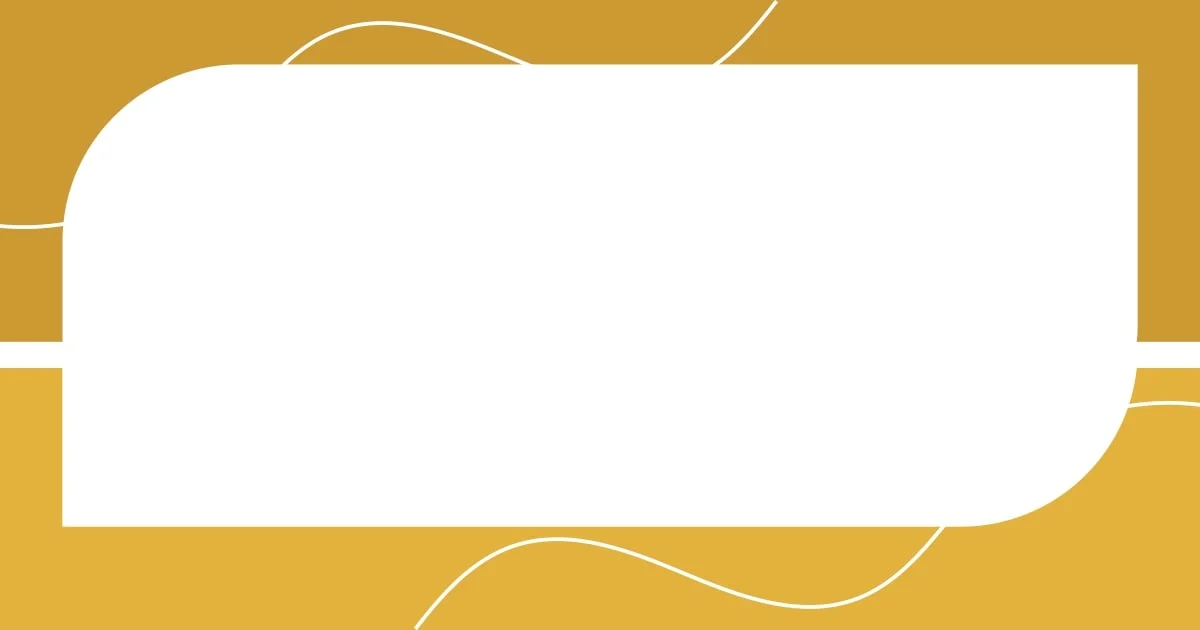
Lighting Techniques for Jewelry
Lighting plays a crucial role in capturing the allure of jewelry. I’ve often experimented with various setups, and I found that natural light, especially during the golden hour, can impart a warm glow that enhances the brilliance of gemstones. Have you ever noticed how light dances through a diamond when it’s hit just right? It’s almost magical, transforming an ordinary shot into something extraordinary.
For more controlled conditions, I recommend softbox lighting as it diffuses harsh rays, creating a gentle illumination that reduces shadows. I remember my first experience with softboxes; the difference was night and day! The light enveloped the pieces, allowing the details to pop while maintaining a rich depth that draws the viewer’s eye. This technique made my photographs look more professional, pushing my skills to the next level.
Another technique I swear by is incorporating reflectors to bounce light back onto the jewelry. It’s like having a second set of hands, lifting the sparkle and adding dimension. On a particularly challenging shoot, I used a simple white foam board as a reflector. Watching the light bounce off the jewelry, it illuminated areas that I’d thought were lost in shadows, and I was instantly thrilled to see the final result. The right lighting can truly elevate your work, so don’t be afraid to experiment until you find what shines best!
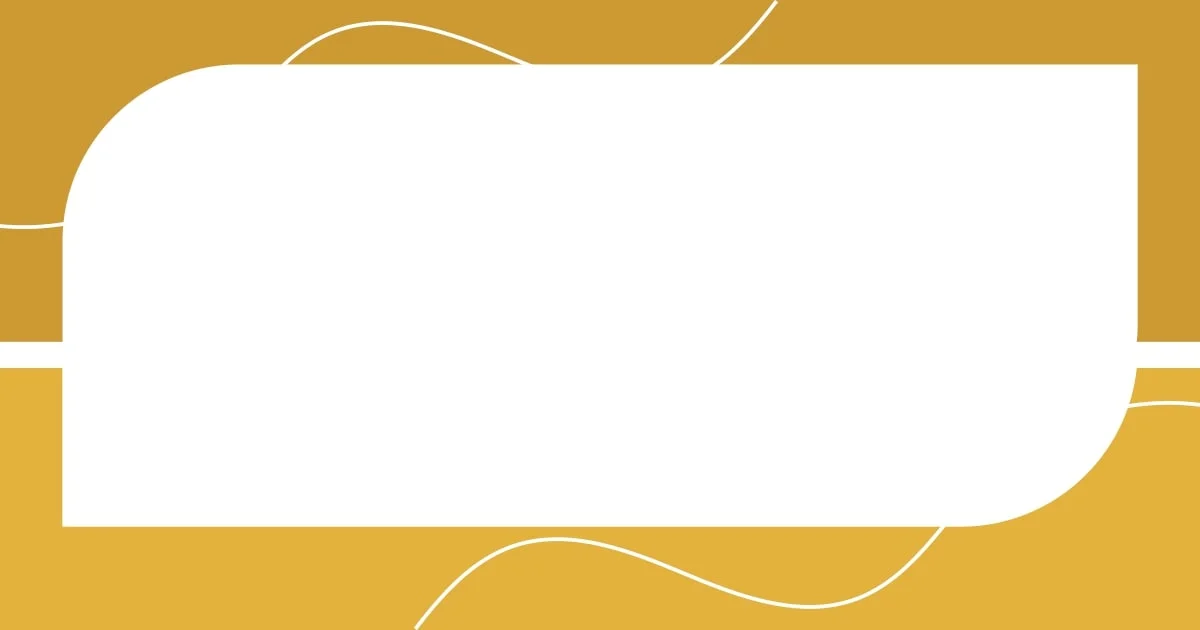
Composing Your Jewelry Shots
Composing your shots is where the magic truly unfolds in jewelry photography. I often find myself playing around with angles and arrangements to discover the most flattering perspectives. There was a time when I shot a stunning necklace straight-on, and it looked average at best. But once I tilted the angle slightly, capturing the details of the clasp and the entire length of the piece, the photograph transformed, showcasing its elegance and craftsmanship.
Negative space is also highly underrated. I remember my first attempts at styling jewelry, where I crowded the frame with competing elements. I learned that less is often more; allowing breathing room can draw attention to the jewelry itself. Have you ever stared at a photo and felt overwhelmed by distractions? By creating intentional space, I’ve found my compositions breathe life, allowing viewers to focus on the intricate designs without distraction.
Finally, consider the story you want to tell with each shot. I sometimes think about the journey of the piece and try to reflect that in my composition. For example, photographing a vintage brooch, I added a small antique mirror in the frame to give viewers a sense of its history. It’s these thoughtful touches that not only enhance the composition but also invite the viewer to connect with the jewelry on a deeper level. What narrative does your jewelry tell? This exploration can elevate your photography from mere images to a story waiting to be shared.
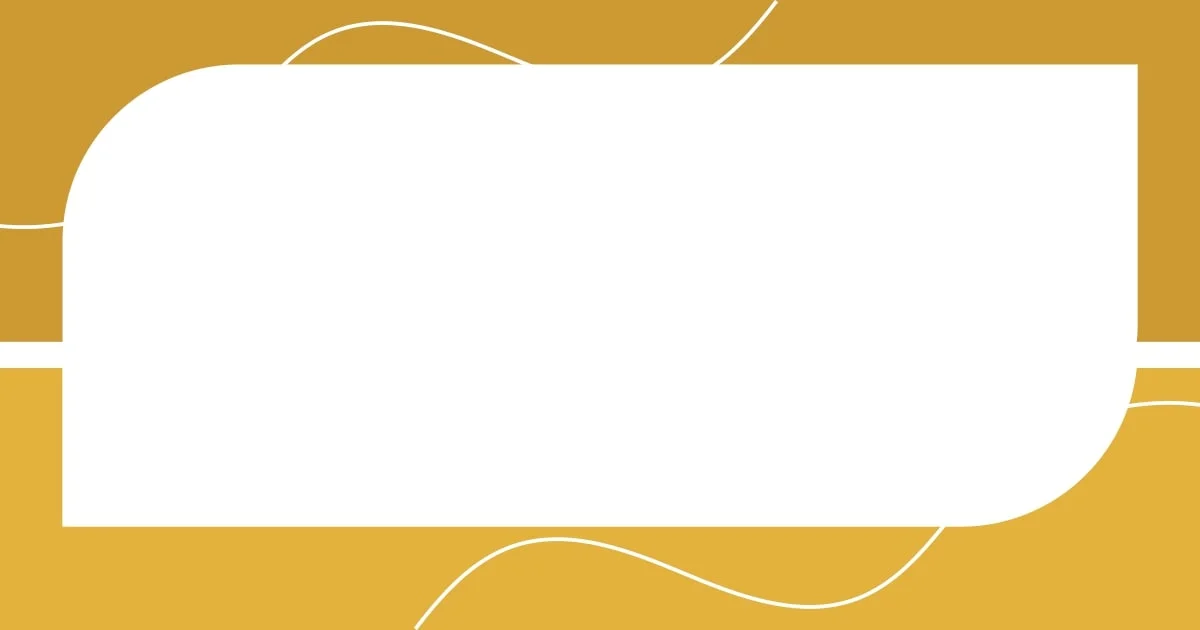
Editing Tips for Jewelry Photos
When it comes to editing jewelry photos, I’ve learned that subtlety is key. I often start by adjusting brightness and contrast to bring out the piece’s shine without overdoing it. There was a time I got a bit carried away and ended up with a piece that looked almost unrealistic. Have you ever had that moment where you thought you enhanced something, only to realize you crossed a line? It’s a fine balance, and I always aim for that natural elegance in my edits.
Color correction is another important aspect I focus on. Over the years, I’ve become quite attuned to the colors directly from the camera, but sometimes they can look slightly dull or off due to lighting conditions during the shoot. I recall a particularly vibrant emerald piece I photographed that appeared washed out in the initial edit. By selectively enhancing its color, I was able to bring back the depth and intensity that made it pop. Isn’t it satisfying to see a photograph come alive as you add those finishing touches?
Lastly, I cannot stress enough the importance of sharpening details. Jewelry is all about craftsmanship, and bringing out the fine details can make a remarkable difference. I remember spending hours on a single ring, fine-tuning the edges to showcase its intricate design. Each time I added some sharpening, it felt like I was uncovering hidden layers of beauty. Have you ever felt that magical moment when your edits reveal the true spirit of your work? It’s an empowering experience, and I encourage you to take your time with this part of the process.
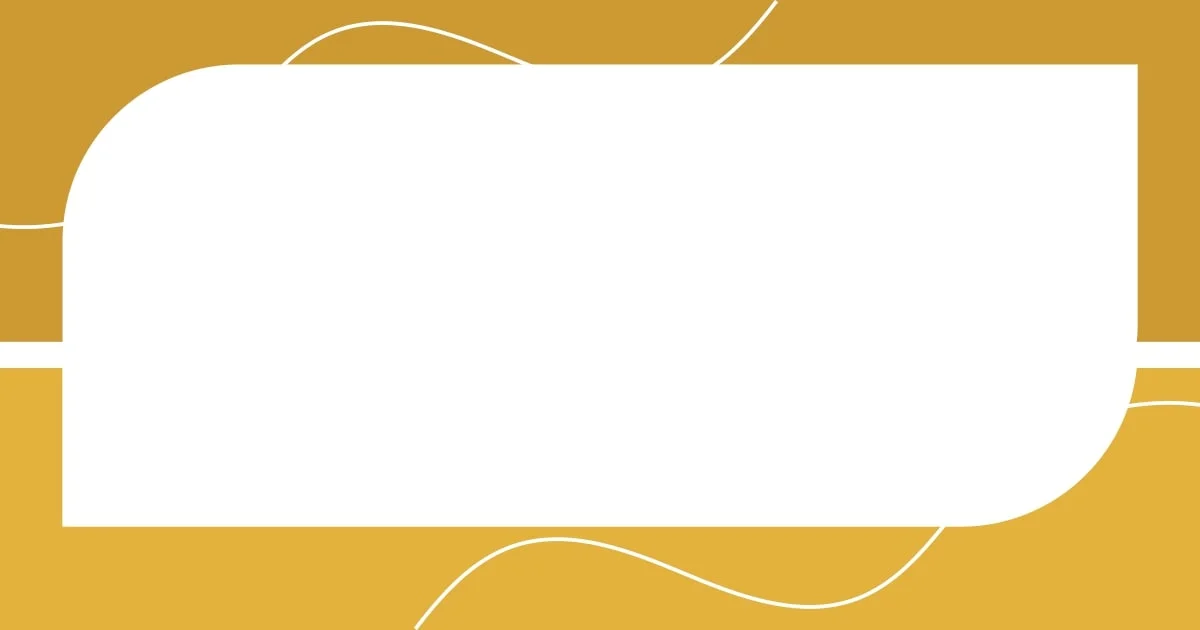
Showcasing Jewelry in Context
To truly showcase jewelry in context, I’ve found that placing pieces in thoughtful settings makes all the difference. Once, I decided to photograph a pair of elegant earrings against the backdrop of a lush garden. The vibrant flowers not only complemented the jewelry’s sparkle but also evoked a sense of romance and nature’s beauty. Have you ever tried to place your jewelry in an environment that enhances its attributes? It can create a narrative that resonates with potential buyers.
I also like to integrate human elements into my shots. During a recent photo session, I had a friend model a stunning bracelet at an outdoor café. Capturing the light dancing off her wrist as she sipped coffee added a lifestyle flair that instantly drew viewers in. It’s more than just showing the jewelry; it’s about displaying it as part of life’s moments. What emotions can your jewelry evoke when shown in such relatable scenarios?
Texture plays a significant role in these contextual shots, too. I once shot a statement ring on a piece of rustic wood, contrasting its sleek surface against the rough grain. This juxtaposition not only highlighted the craftsmanship but also created visual intrigue. Have you experimented with different textures in your compositions? Sometimes, the right combination can elevate the allure of your pieces beyond mere visuals, inviting viewers to imagine touching them.












